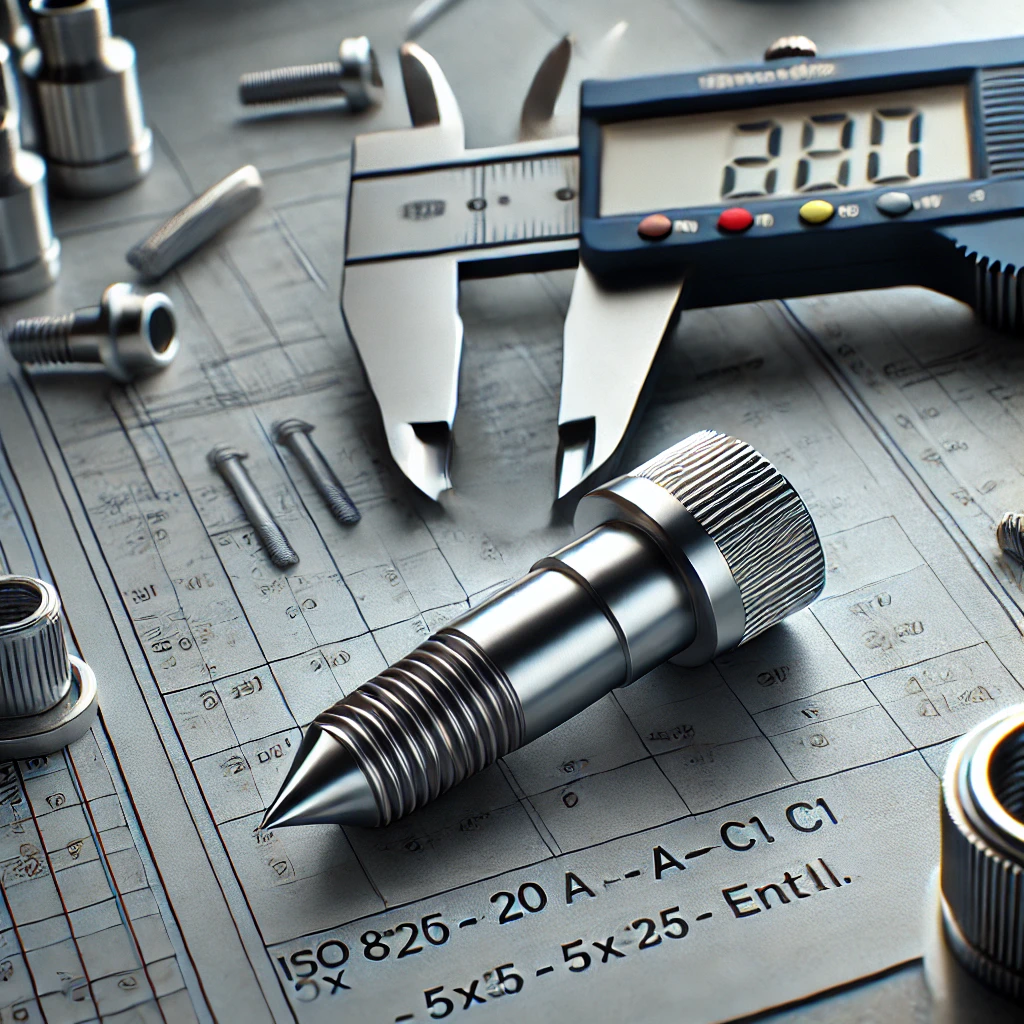When it comes to manufacturing and engineering, standards ensure reliability, safety, and efficiency. One such important specification is ISO 8735 – 5×20 – A-C1 ENTL. If you’re in industries like automotive, aerospace, or heavy machinery, this term might already ring a bell. But what does it mean, and why does it matter? In this blog post, we’ll break down everything you need to know about ISO 8735 – 5×20 – A-C1 ENTL., its applications, and why adhering to standards is crucial.
What is ISO 8735?
ISO 8735 is an international standard that specifies the dimensions, mechanical properties, and usage of parallel pins with internal threads. These pins are cylindrical, precision components used to align parts, transfer forces, or serve as pivot points in machinery. They ensure proper alignment and secure assembly in a wide range of mechanical and structural applications.
The specific part code 5×20 – A-C1 ENTL. provides further details about the pin, such as its dimensions and material grade.
Breaking Down ISO 8735 – 5×20 – A-C1 ENTL.
To understand this specification, let’s analyze it step-by-step:
- 5×20: This indicates the size of the pin. The “5” represents the diameter (5mm), and “20” is the length (20mm). These dimensions make it suitable for medium-sized assemblies.
- A-C1: These letters define the material, tolerance class, and surface treatment:
- A: The material grade, typically referring to steel or stainless steel.
- C1: Denotes specific tolerances and finishes for precise fitting.
- ENTL.: This stands for “Ends Threaded with Lug,” meaning the pin has internal threads on its ends, enabling easy assembly or disassembly with screws or bolts.
Key Features of ISO 8735 – 5×20 – A-C1 ENTL.
- Precision Manufacturing: These pins are machined to tight tolerances, ensuring proper alignment and reliable performance.
- Durability: High-grade materials, like hardened steel or corrosion-resistant alloys, ensure long-lasting use, even in demanding environments.
- Versatility: They are used in various applications, from automotive engines to industrial machinery.
Applications of ISO 8735 – 5×20 – A-C1 ENTL.
This type of pin is a workhorse in the mechanical world. Its common uses include:
- Assembly Alignment: Ensuring two components are perfectly aligned during assembly.
- Load Bearing: Acting as pivot points or load-transfer elements in machinery.
- Detachable Joints: Facilitating easy disassembly for maintenance or repairs.
- Automotive Engineering: Found in critical parts like gearboxes and suspension systems.
- Industrial Machinery: Used in robotics, conveyor systems, and more.
Why Are Standards Like ISO 8735 Important?
Adhering to international standards like ISO 8735 brings several benefits:
- Consistency: Standardized components ensure compatibility across different manufacturers.
- Safety: High-quality, precision-engineered parts reduce the risk of mechanical failures.
- Cost Efficiency: By using standardized pins, companies save on custom machining costs.
- Global Recognition: ISO-certified products meet international quality benchmarks, easing export and collaboration opportunities.
Advantages of Using ISO 8735 – 5×20 – A-C1 ENTL.
- Ease of Installation: The threaded ends simplify assembly and removal.
- Enhanced Longevity: Resistant to wear and corrosion, ideal for high-stress environments.
- Improved Functionality: Ensures mechanical systems operate smoothly and efficiently.
How to Choose the Right Pin?
When selecting an ISO 8735 pin, consider these factors:
- Application Requirements: Assess the load, alignment precision, and environmental conditions.
- Material Compatibility: Match the pin material with your assembly to prevent corrosion or wear.
- Dimensions: Ensure the diameter and length meet your specific needs.
Conclusion
The ISO 8735 – 5×20 – A-C1 ENTL. specification might seem technical at first glance, but its practical benefits make it indispensable in precision engineering. Whether you’re aligning automotive components or building industrial machinery, these pins offer reliability, durability, and efficiency. By sticking to international standards like ISO 8735, industries ensure their operations run smoothly while meeting safety and quality benchmarks.
FAQs
1. What does ISO 8735 – 5×20 – A-C1 ENTL. mean?
It refers to a specific type of parallel pin with a 5mm diameter, 20mm length, and internal threads for assembly purposes. “A-C1” defines the material and tolerances.
2. Where are these pins commonly used?
They are used in automotive engines, industrial machinery, robotics, and other mechanical assemblies requiring precise alignment.
3. Why are threaded pins better?
Threaded pins simplify installation and removal, especially in detachable joints or assemblies requiring regular maintenance.
4. Can these pins handle high loads?
Yes, depending on the material and design, ISO 8735 pins are capable of handling significant loads in mechanical systems.
5. How do I know if this pin is right for my project?
Check your project’s alignment, load requirements, and material compatibility. If precision and durability are essential, ISO 8735 pins are an excellent choice.

